For most people, a smartphone provides all the GPS navigation they need. But there is still something to be said for standalone GPS devices as a dedicated navigation device or a handheld unit for those adventuring off the grid.
Here are five few options that'll keep you on the right track—no matter where you are.
GARMIN DRIVE SERIES
Garmin has long made the most recommended GPS devices, and that status likely won't change soon. Most of the units in its newer Drive series are a pretty safe bet, with three of them winding up among The Wirecutter's picks for best automotive GPS units, and other sites including Digital Trends and Which Sat Nav? also rating them highly.
Last year's Drive 50 and 60 series units are still worth considering if you're looking to save a bit of cash, but the company's newer Drive 51/61 series introduced earlier this year will give you some extra features for not much more.
The line starts out with the entry-level Drive 51 and Drive 61 units (starting at $150) that include all the basic navigation features you'd expect, including free lifetime map updates and your choice of models with or without live traffic capabilities. The DriveSmart 51 and 61 ($230 and $270) go a few steps further with built-in wifi for easier updates, along with voice-activated navigation and hands-free Bluetooth calling.
Things get most interesting when you step up to Garmin's $300 DriveAssist 51 (5-inch only), which comes equipped with a built-in dash camera to record your drives, as well as a range of driver awareness features like forward collision and lane departure warnings. If you're really looking to go all out, Garmin's DriveLuxe 51 ($330) wraps all of those features into a sleeker metal case with a magnetic mount (and if you happen to just want a dash cam, well, we've got you covered, too).
TOMTOM GO SERIES
Amazon | $109
Like Garmin, TomTom is still committed to dedicated navigation units, and has a number of models comparable to Garmin's offerings. The TomTom GO 50 S in particular was singled out by The Wirecutter as a good choice for anyone on a budget, costing just $109. That buys you a 5-inch screen and lifetime map and traffic updates (via your smartphone), in addition to the usual range of basic navigation features.
The GO 500 and GO 600 each offer largely the same set of features, but add a smartphone-like capacitive touchscreen instead of the older resistive type found on the GO 50. They're also both still relatively affordable, with each actually costing the same $150 as of this writing.
GARMIN OREGON 700
Amazon | $400
Garmin is the big name when it comes to car GPS units, but it might have an even stronger hold on the handheld GPS market. Its Oregon line of devices is particularly well-regarded, with both Outdoor Gear Lab and The Wirecutter finding the Oregon 600 to be the best overall handheld GPS in their testing, though it's recently been replaced by the upgraded Oregon 700.
As with the 600, the Oregon 700's big selling point is a capacitive touchscreen, albeit one that's smaller than most phones at just 3-inches. The 700 also boasts a redesigned antenna that promises better reception and performance, as well as some new features like Active Weather for realtime weather forecasts. If cost is a top concern, though, the Oregon 600 is still an option worth considering at just $200 for the base model.
GARMIN GPSMAP 64S
Amazon | $250
The Oregon series handhelds are great for most outdoor treks, but if your treks regularly take you into extreme conditions you may be better off with a device like Garmin's more rugged GPSMAP 64s. You can expect a few trade-offs going this route—namely, a smaller, lower-resolution screen—but you'll get a solid, more grippable device with a full set of buttons that work even while wearing gloves.
As a bonus, you'll also get a one-year BirdsEye Satellite Imagery subscription, and geocachers can take advantage of 250,000 preloaded caches courtesy of Geocaching.com. Like the Oregon series, the 64s also has a unique dual battery system that lets you use either an optional rechargeable pack or a pair of regular AA batteries so you can pack as many spares as necessary.
GARMIN INREACH SE+ AND EXPLORER+
Once a competitor to Garmin, DeLorme was acquired by the navigation company last year, bringing its standout inReach series of devices into the fold. The new inReach SE+ and Explorer+ are the first to be released under the Garmin brand, and offer the same basic features found in DeLorme's units in a completely redesigned package.
The key feature with these devices is not GPS navigation—though they do that, too—but satellite-based text messaging to ensure you're always in touch even when you venture far beyond the reach of cellular networks. The SE+ is the more limited of the two, with support for only basic GPS navigation, while the Explorer+ adds full topographic maps, onscreen guidance, a built-in digital compass, barometric altimeter, and accelerometer. However, you'll need to factor in the cost of a satellite subscription with either of them, which start at around $15/month.
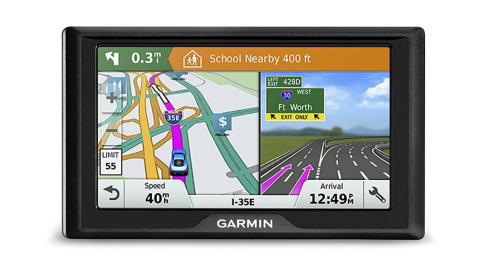
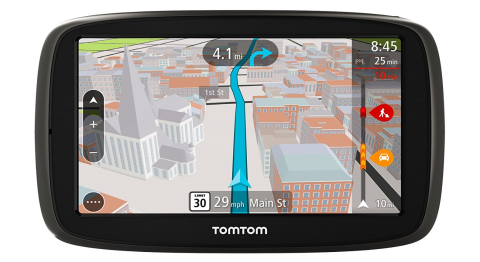
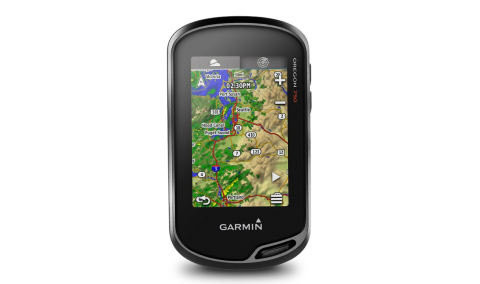
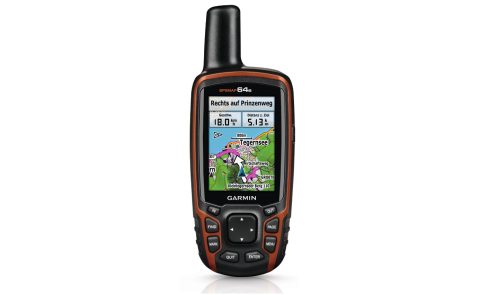
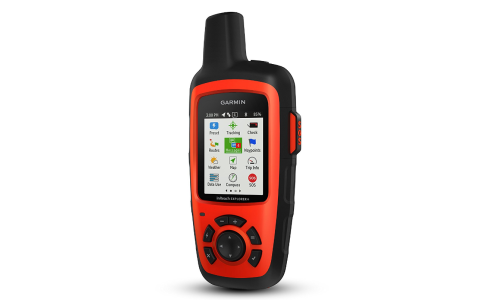
No comments:
Post a Comment